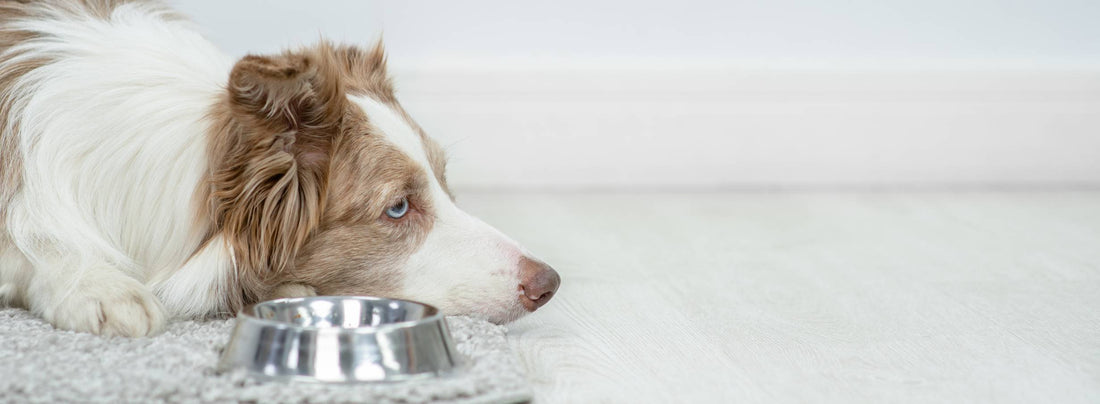Dogs are man’s best friend, and as pet owners, we are responsible for their health and well-being. One common problem many dog owners face is their dog throwing up. While vomiting can be due to various reasons, poor diet and improper nutrition can often be the root cause. In this blog, we will discuss why dogs throw up and how better food can help prevent it.
The most common reason for dogs throwing up is their diet. Many commercial dog foods contain fillers, preservatives, and additives that can irritate their digestive system. These ingredients can cause an upset stomach, leading to vomiting. Additionally, dogs have a sensitive digestive system, and any sudden change in their diet can also cause vomiting.
Prevention
One way to prevent vomiting in dogs is to provide them with better quality food. A diet that is rich in protein, vitamins, and minerals can help maintain a healthy digestive system. A high-quality dog food that is free from fillers, artificial preservatives, and additives is the best option. These types of foods can provide your dog with the essential nutrients they need without causing any digestive issues.
It is important to note that not all dogs have the same nutritional needs. Different breeds, ages, and health conditions require different types of diets. Consult with your veterinarian to determine the best diet for your dog.
5 Steps to fix your dog's digestion problems
- Gradually transition to a new diet. When changing your dog’s diet, do it gradually. Introduce the new food slowly over a week or two to allow your dog’s digestive system to adjust. Muenster makes several dog food recipes that are kind to sensitive stomachs.
- Avoid feeding table scraps. Human food is not suitable for dogs and can cause digestive issues.
- Provide access to clean water. Make sure your dog always has access to clean water. Dehydration can cause vomiting.
- Monitor your dog's eating habits. Keep an eye on how much your dog is eating and how often they are eating. Overeating or not eating enough can cause digestive issues.
- Ensure they get regular exercise. Exercise is essential for a dog's overall health, including their digestive system. Regular exercise may prevent vomiting and other digestive issues.
How to successfully introduce a new dog food
Step 1: Try a 24-hour fast to help reset the gut
Removing food from the gut for 24-hours lets the digestive system rest and helps the microbes in the gut to repopulate.
Step 2: Introduce new food over 6 days
Day 1 - Fast (no food or treats)
Day 2 - 25% Muenster, 75% old food
Day 3 - 50% Muenster, 50% old food
Day 4 - 75% Muenster, 25% old food
Day 5 - 75% Muenster, 25% old food
Day 6 - 100% Muenster
Step 3: Feed Less
Muenster dog foods contain about 25-30% more calories per cup than most foods on the market. We recommend that you feed about 25-30% less than what you were feeding prior to Muenster
Step 4: Feed Once a Day
If you're fighting digestive issues, allergies, or obesity, this can be a game changer. It allows the gut to heal, rest and reduce inflammation. It will take your dogs about 5-7 days to get used to this, but you'll see a difference in 30 days.
Caveats:
- If you have a highly active dog that has a hard time maintaining weight, continue feeding multiple times per day
- If you do want to feed twice a day, we recommend feeding one of our freeze-dried options in the morning as part of your meal plan. This will keep carbs low and provide satiating protein and fat.



